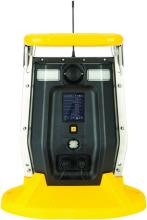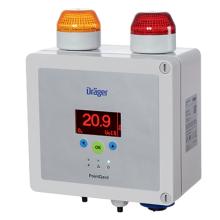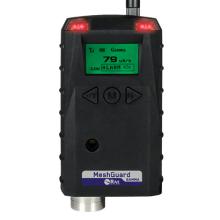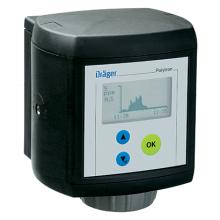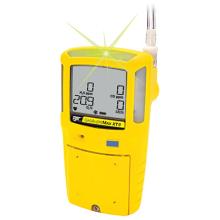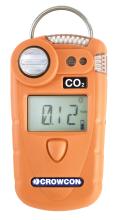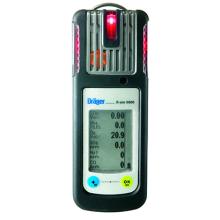Carbon monoxide / CO

Gas Identification
Carbon monoxide
Chemical properties
Physical properties
Flammability limit
Threshold limit value
Carbon monoxide : Description and use
Carbon monoxide is the simplest oxocarbon. This chemical compound is a gas under normal pressure and temperature conditions. It is a colourless, odourless, tasteless, compressed gas.
It is especially toxic to mammals yet they cannot detect it. In humans, it causes several poisonings in the home, which are often fatal, and which could be prevented by using a carbon monoxide detector. It is released when carbon compounds are not fully combusted, and it is amplified by a poor supply of fresh air and/or poor evacuation of combustion products (ventilation). It easily mixes with air as both gases have similar densities.
Carbon monoxide is a colourless, non-irritant, odourless gas.
Flammability: Carbon monoxide is a flammable gas. In sufficient concentrations, it catches fire quickly in air in the presence of a source of static electricity, a spark, an open flame or any other source of ignition or combustion.
Explosiveness: Carbon monoxide forms explosive mixtures with air when found in concentrations of between 12.5 and 74.0%.
- In metallurgy as a reducing agent: for example, to extract and refine nickel from crude ore (Mond process) or to produce special steels.
- In the chemical industry for the synthesis of several compounds, including methanol, acetic acid, formic acid, acrylic acid, phosgene, polycarbonates, polyketones, etc.
- To manufacture metal carbonyls, particularly iron carbonyl.
- To produce high-purity products: for example, the powdered metal "zinc oxide" used as a pigment in paint and varnish.
- As a combustible gas, on its own or in a mixture.
- In the electronics sector, for ablation processes in the etching of dielectrics.
Carbon monoxide : Warnings and caution
H220 - Extremely flammable gas.
H360D - May damage the unborn child.
H331 - Toxic if inhaled.
H372 - Causes damage to organs.
P210 - Keep away from heat, sparks, open flames, hot surfaces. No smoking.
P260 - Do not breathe gas.
P271 - Use only outdoors or in a well-ventilated area.
P304+P340 - IF INHALED: Remove victim to fresh air and keep at rest in a position comfortable for breathing.
P308+P313 - IF exposed or concerned: Get medical advice/attention.
P403+P233 - Store in a well-ventilated place. Keep container tightly closed.
P321 - Specific treatment: if feeling unwell after inhalation, give victim pure oxygen.
Carbon monoxide : Related products
Multi-Gas Area Monitors
Fixed Gas Detectors

